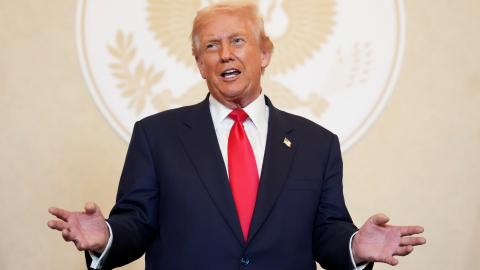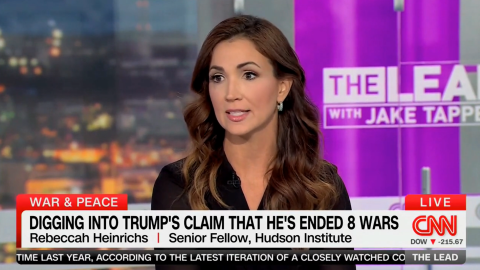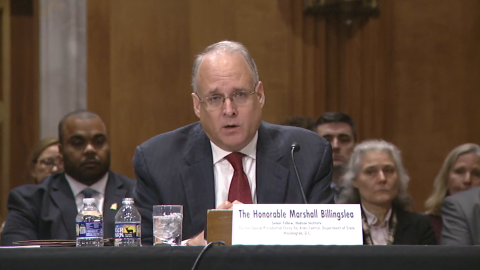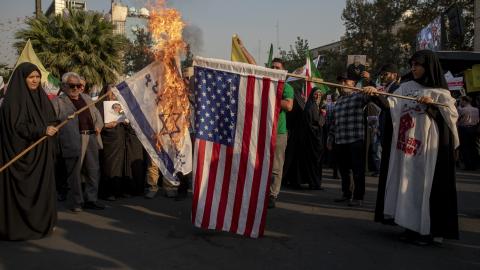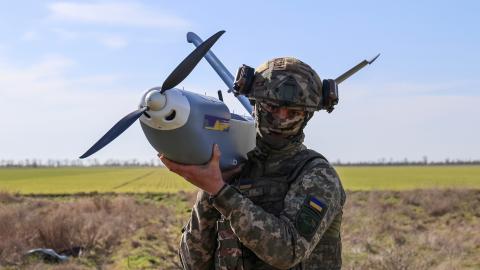Copyright law—a byzantine world in which millions ride on whether ‘Ice Ice Baby’ sounds too much like ‘Under Pressure’—rarely has much to say about geopolitics. But two pivotal AI copyright court decisions last week, the first in a slew of prominent lawsuits, will have enormous implications for the U.S. competition with China for technological primacy. Finding a resolution that would satisfy the concerns of both copyright holders and national security experts is difficult enough under ordinary circumstances. But the fact that copyright laws were made for the era of the printing press, rather than the AI revolution, further compounds that challenge. As courts struggle to apply decades-old laws to the world’s fastest-moving technology, hasty judgements risk ceding AI leadership—and future intellectual property (IP) norms—to Beijing.
In late June, federal judges in San Francisco delivered two major rulings in cases against leading AI lab Anthropic and tech giant Meta, respectively. In a major win for AI developers, both judges agreed that the way cutting-edge AI models use copyrighted information they are built on differs enough from the source material to constitute “fair use,” a carve-out that allows the copying of copyrighted material for limited purposes. But both had reservations: one questioned how pirated books were handled in the training process, and the other ominously suggested that future trials may find “most cases” of using copyrighted materials to build AI systems illegal due to market harms the resulting tools might cause.
It remains unclear whether and how American AI developers will be able to use much of the world’s copyrighted content to help build their models. Tech industry leaders argue that overly restrictive copyright enforcement would stifle U.S. AI innovation, given the material’s centrality to building robust systems and the complexity and costliness of a strict copyright adherence regime. Creative professionals, meanwhile, understandably balk at seeing their life’s work helping to power the world’s hottest investment bonanza without compensation or even consent. Both sides present compelling arguments, but miss the big picture.
Copyright is an outgrowth of the printing press, designed to address the wrongful reproduction of creative works that could suddenly be duplicated easily and at scale. While new copying machines like tape recorders and novel information platforms like the internet have forced its evolution, copyright’s original principles have served as a steady foundation. But how to approach machines that learn from material to produce original—if inspired—content will likely require a new paradigm, one which lawyers are ill-equipped to build now as the technology is still only in its infancy.
Part of the problem is technical: one of the most dynamic areas of AI research today concerns engineering AI tools to achieve more originality from source material. Another is reliably constraining their outputs—like copyrighted work. Shoehorning AI into existing copyright law now, without creating space to experiment with new models of creator compensation, could prematurely quash companies’ ability to experiment with new ways to protect copyright while still using the full corpus of human knowledge to sharpen their tools.
Still more uncertain is how copyrighted works will fit in a new, AI-mediated information ecosystem. If AI systems come to displace Internet search, for instance, writers and artists might regret excluding themselves from training data, diminishing the visibility of their work. AI tools might harm existing markets, but will be more likely to transform them in unpredictable ways.
While AI’s evolution remains murky, stringent copyright enforcement would very clearly damage U.S. geopolitical competitiveness. Beijing and Washington both consider AI competition to be at the heart of their economic and military rivalry, and only one will heed these consequential rulings.
To get a sense of the momentous stakes of the Sino-American AI competition, just look at the launch of Chinese AI lab DeepSeek’s most advanced model in January this year, signalling China’s rising capabilities in the technology. The event precipitated a rapid, trillion dollar plummet in the U.S. stock market, while Beijing took the passports of the DeepSeek’s key engineers to ensure their continued work for China’s interests.
High-quality data—much of it copyrighted—is the lifeblood of emerging AI systems. And China, a country that already steals several hundreds of billions of dollars a year in U.S. trade secrets and intellectual property, will have no scruples about leveraging U.S. copyrighted material to build its models. As a result, whatever copyright enforcement emerges will directly disadvantage U.S. labs relative to Chinese counterparts.
Ironically, Chinese AI tools benefiting from greater access to copyrighted material would be more likely to win the fierce competition for global AI market share. This could functionally solidify looser creative property norms around the world by making China the standard-bearer for AI generally, including copyright practices.
Courts must proceed cautiously as AI development transforms both economies and geopolitics. Prematurely applying existing copyright paradigms to AI’s early development is a recipe for disaster: not just for the U.S. AI competition with China, but also for the very property rights that proponents seek to protect.
